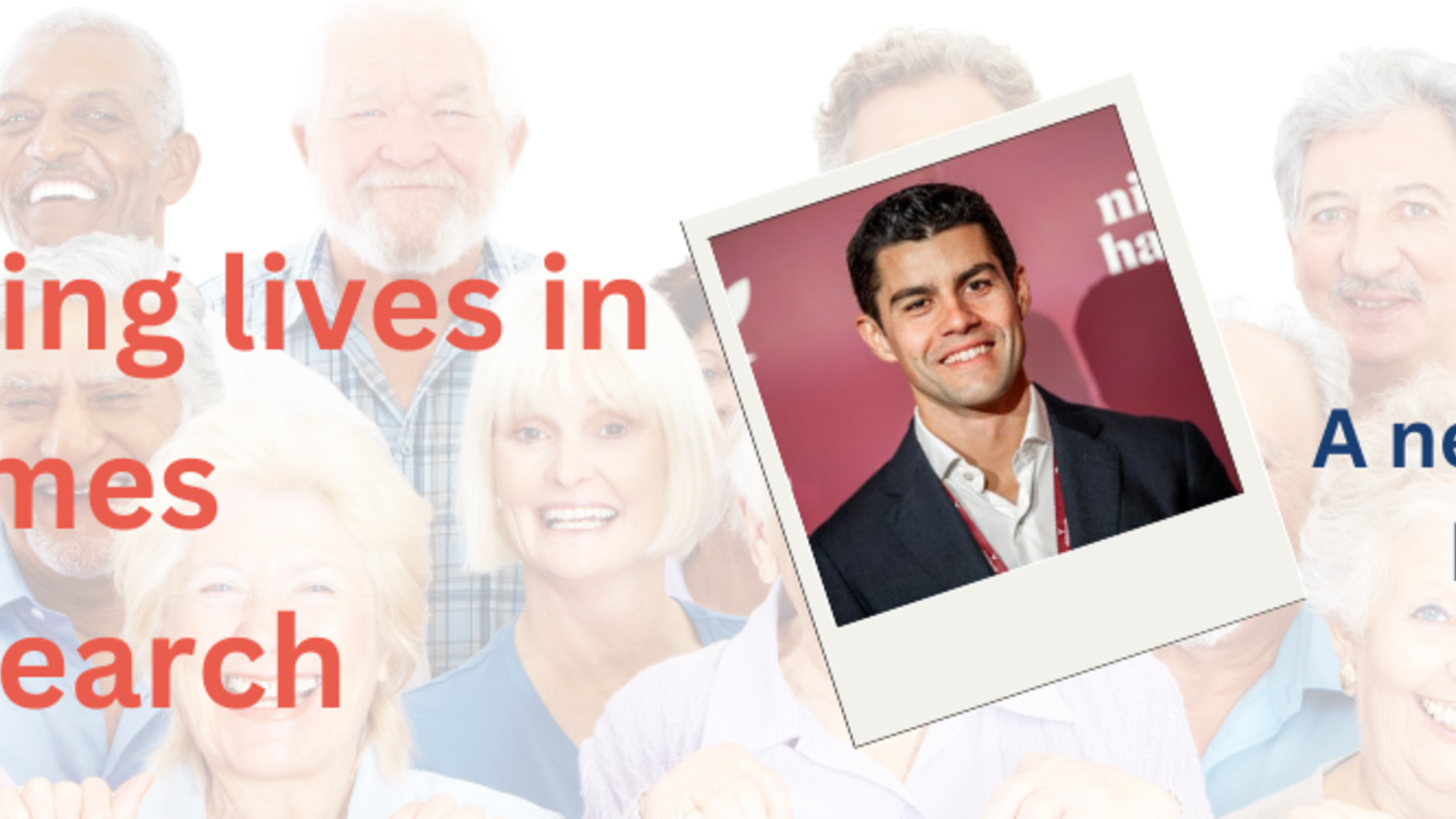World Cancer Day: "It's an exciting time to be a therapeutic radiographer in the UK."
- 03 February 2023
- 3 min read
On World Cancer Day, Sairanne Wickers, a consultant therapeutic radiographer at University College London Hospitals (UCLH) NHS Foundation Trust, tells us about her role with PARABLE, a radiotherapy trial investigating the role of proton beam therapy (PBT) for patients with breast cancer. UCLH is one of only two PBT centres in the country - the other being The Christie NHS Foundation Trust in Manchester – able to deliver the proton beam arm of the trial.
I qualified as a therapeutic radiographer from the University of Portsmouth in 2002, and quite early into my career had an interest in the emerging field of advanced practice, in particular breast cancer radiotherapy. I undertook a Master’s degree in therapeutic radiography at City University, London. After working as a breast radiotherapy advanced practitioner for about six years, I was appointed to my current role as a consultant (breast) therapeutic radiographer in 2016. I was accepted onto the UCL Therapeutic Radiography PhD programme and have just entered my fourth year of part-time study, alongside my full-time clinical role.
Being a consultant radiographer has enabled me to have a key role in breast radiotherapy research and development. I worked alongside clinical oncologists, physicists, dosimetrists, radiographers, scientists and statisticians as part of the wide multidisciplinary team in the development and implementation of the PARABLE trial. I am the local principal investigator for the trial at UCLH.
The trial is being led by researchers at the University of Cambridge, The Institute of Cancer Research (ICR), London and The Royal Marsden NHS Foundation Trust, and managed by the Cancer Research UK-funded Clinical Trials and Statistics Unit at the ICR. UCLH and The Christie, as the two NHS PBT centres, provided expert guidance on the trial protocol development.
Standard radiotherapy using x-rays is very effective in treating breast cancer, with most patients having a low risk of radiation-related heart problems in the years and decades following treatment. However, there is a small group of patients (around 500 out of about 30,000 people who have breast cancer radiotherapy every year in the UK), who may be at greater risk, either due to having a pre-existing heart condition, or because the area that needs to be treated is very close to the heart. For this small group of patients, PBT may be a better treatment modality, as PBT can deliver the dose to the target sites whilst giving less dose to the surrounding normal tissues and organs.
The PARABLE trial will enrol 192 patients across 22 sites in the UK. Those patients allocated to receive PBT will be treated at either UCLH or The Christie, with accommodation provided for those who are travelling far from home. The trial will help determine whether PBT can deliver adequate doses to the target tissues, whilst minimising dose to the heart, and not increasing other side effects which are important to patients such as changes to the skin, breast and ribs.
Undertaking a PhD at UCL (funded by RadNET) has enabled me to develop my own areas of research in the field of breast cancer radiotherapy. I have identified and implemented a method of predicting the dose to the heart and lungs when virtually simulating breast radiotherapy, which not only improves efficiency, but avoids unnecessary compromise to target coverage. These dose surrogates also aid the efficient identification of patients that are eligible to join the PARABLE trial.
I am the Chief Investigator of a randomised controlled trial called NEAT. NEAT will enrol 114 patients at UCLH, and aims to test non-permanent, skin-toned tattoo ink pigments as an alternative to the permanent green/blue tattoo ink that is currently used for radiotherapy alignment marks. This is in response to a UK survey that I conducted, distributed by Breast Cancer Now, which identified that 14% of the 200 women surveyed make changes to the clothes they wear due to the visibility of the permanent green/blue alignment tattoos, and over 40% said that the tattoos still bother them in a negative way many years after their breast cancer radiotherapy.
The NEAT trial, sponsored by UCL, has been funded by the College of Radiographers’ CoRIPs research fund, and has been adopted onto the NIHR portfolio.
It is an exciting time to be a therapeutic radiographer in the UK; able to develop our knowledge, skills, and clinical roles to meet the evolving workforce and technological demands of cancer services. The value of therapeutic-radiographer-led research due to our unique technical and clinical skillset, patient-facing roles, and integration within the wider multidisciplinary team, provides further opportunities to optimise radiotherapy provision and improve patient outcomes.


